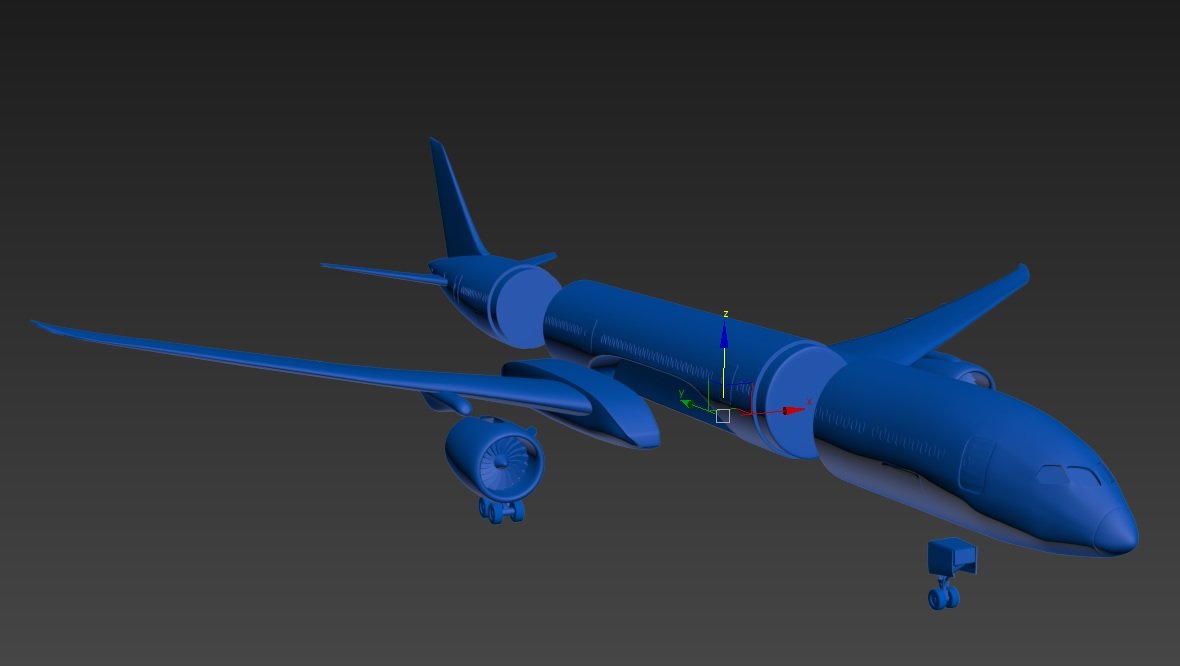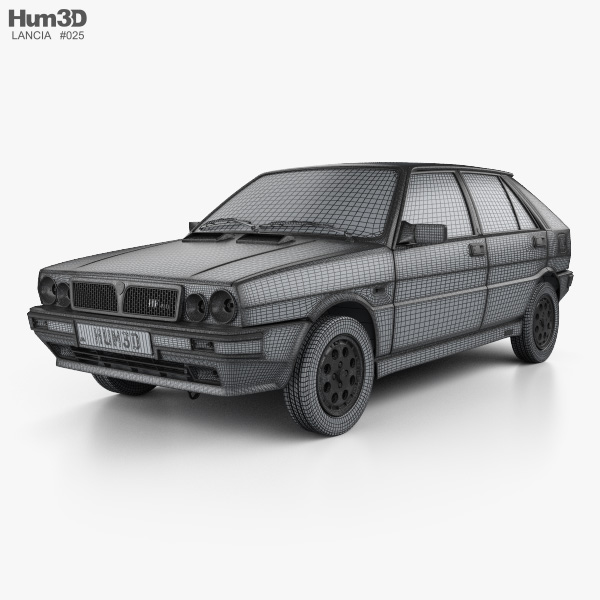

- #DELTACAD TEXTURING HOW TO#
- #DELTACAD TEXTURING FULL SIZE#
- #DELTACAD TEXTURING SKIN#
- #DELTACAD TEXTURING SOFTWARE#
- #DELTACAD TEXTURING FREE#
I use a multi channel set purchased from in this course but the workflow should be applicable for most types of skin scan sets on the market. Zbrush displacement maps (two versions available based on your version of Mari) HDRI environment light textures from HdriHaven Maya look development scene file with lighting setup ready Character head model ready for texture painting (two versions of head model available based on your version of Mari)
#DELTACAD TEXTURING SOFTWARE#
While I do try to cover every part of the tools and techniques we use throughout the course, this is not a Mari or Maya fundamentals course, and some prior knowledge of working with 3D software is recommended. Basic render settings in Arnold for Maya Evaluating your own work throughout the process to plan your progress Real time and timelapse recordings showing the entire texture painting process Building a complex node based skin shader in Arnold from scratch Whiteboard lessons explaining file formats, displacement technicalities and the UDIM workflow Hand painting control and utility masks in Mari for added shader complexity A node based workflow for texture painting in Mari Using skin scan textures to projection paint detailed skin displacement and color maps Introduction to Mari and its powerful painting tools
#DELTACAD TEXTURING HOW TO#
My hope for this course is to leave you with a thorough understanding of how to paint and shade CG skin for any type of character, as well as the confidence to both apply and adjust the workflow to whatever personal or professional project you undertake going forward as a character artist. This way of painting textures is one that I use on a daily basis as a senior visual effects artist, and is filled to the brim with techniques that I have personally used on anything from small local commercials to Hollywood blockbuster feature films. We will delve deep into both the technical aspects of the workflow, as well as the creative thought process behind our decisions, making sure to explain not only the "how" but also the "why" of we use these techniques. This course will take you through the entire process from A to Z, teaching you a production proven workflow for creating skin textures and building skin shaders used by professional vfx artists in studios all around the world. Too often the creative process will grind to a halt due to either a technical problem or uncertainty of the best way to progress. I painted the colors first, then painted the lines and numerals on top in layers.When you first start out, the process of painting and shading skin in CG can be a daunting undertaking, riddled with both technical and artistical challenges.
#DELTACAD TEXTURING FULL SIZE#
I made a full size drawing of the sundial on Mylar plastic.I transferred the Delta Cad drawing to the wall like this: The cone is 2 inches wide at the base and about 4" tall and is screwed to an anchor bolt on the wall on top of a gold-plated brass star. We decided to custom-make a wide brass cone so that the shadow is wide, like the hands of a clock. The sundial measures 44 x 92 inches (1.12m x 2.33m), declines 4.53 degrees east of south. This does affect the sharpness of the shadow a tiny bit, but it's not too bad. I see now why the sundial artists in Europe often replaster a wall with a smooth texture before painting! But the owners did not want a smooth surface because rough texture is artistically pleasing.
#DELTACAD TEXTURING FREE#
I could not use painters tape because of the bumps, so everything had to be painted free hand. Painting fine details by hand on textured stucco is a real pain and very difficult. The wall surface is rough textured stucco and the paint I used is elastomeric acrylic house paint. I designed it using Zonwvlak2000, Delta Cad, and Photoshop Elements. It features a solid brass gold-plated conical gnomon on a gold-plated star. It is above a porch door at a private home in Tucson Arizona USA. This is my first painted wall sundial-finished in June, 2006. Rejected Earlier Design Mockup (276 KB).Painted Wall Sundial Construction (159 KB).Painted Wall Sundial Cone Gnomon (200 KB).


Painted Wall Sundial Delta Cad Drawing Pattern (60 KB PDF).Painted Wall Sundial on Fall Equinox: 9am, 9:30am, 4:30pm.This page was last updated 18 December, 2007 A Painted Wall Sundial A Painted Wall Sundial by John Carmichael Tucson Arizona USA, July 2006 website by John Carmichael (author) and Dave Bell (webmaster)


 0 kommentar(er)
0 kommentar(er)
